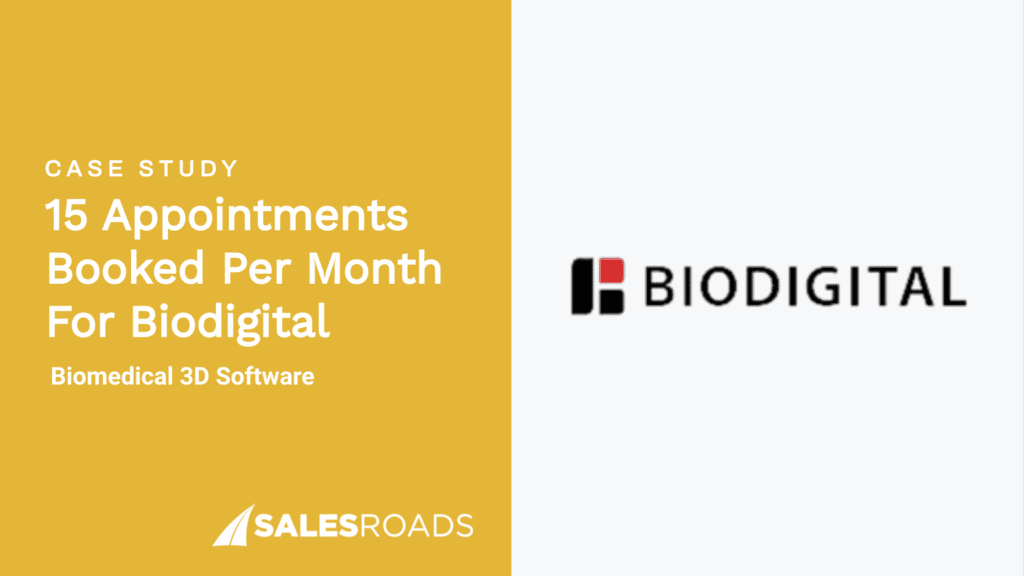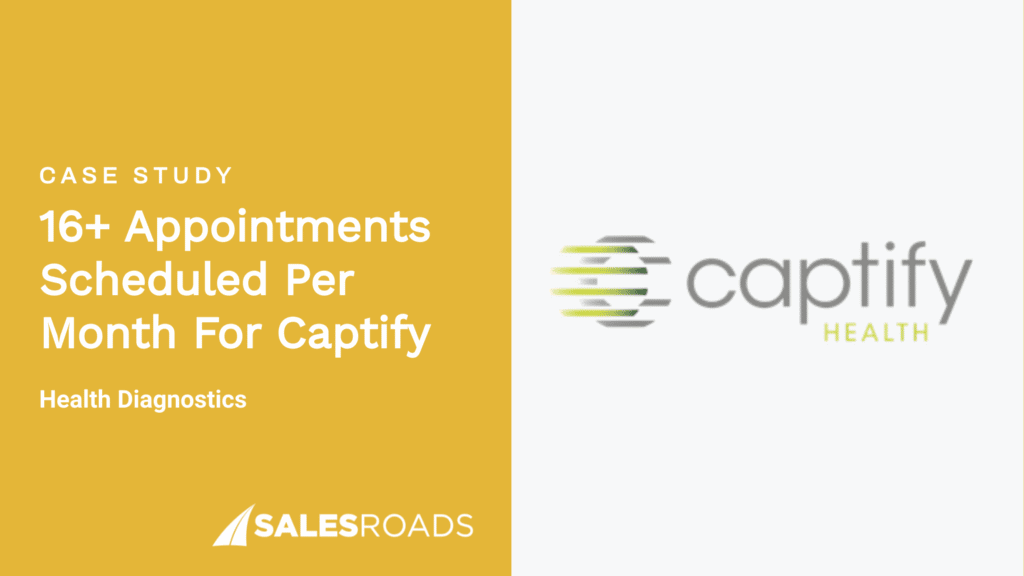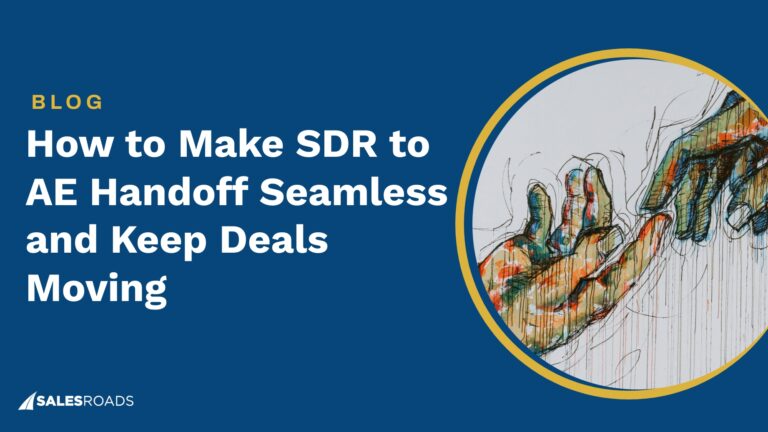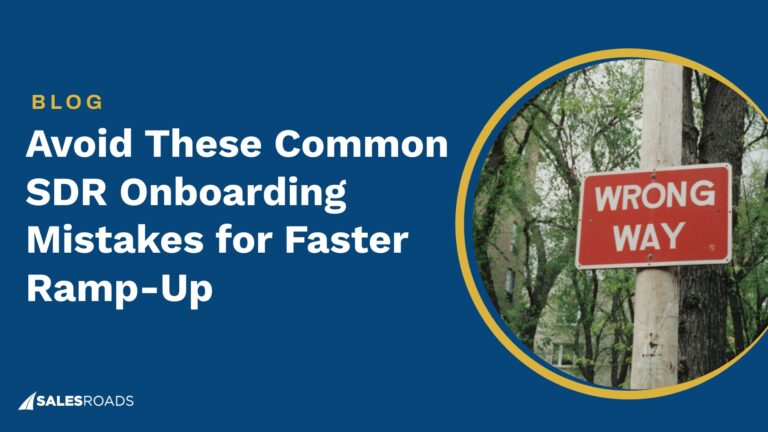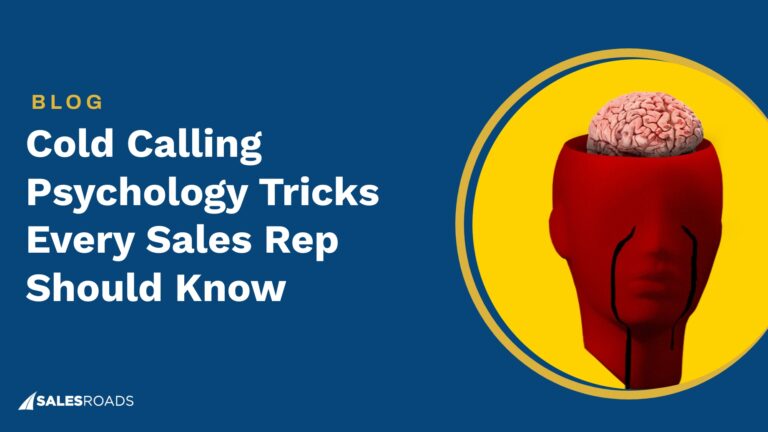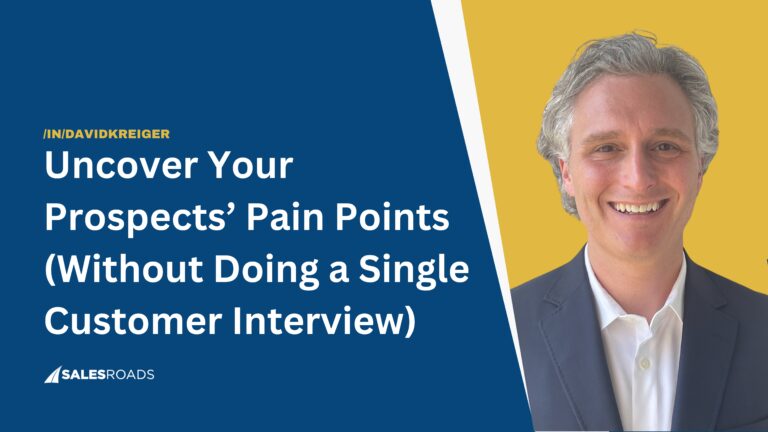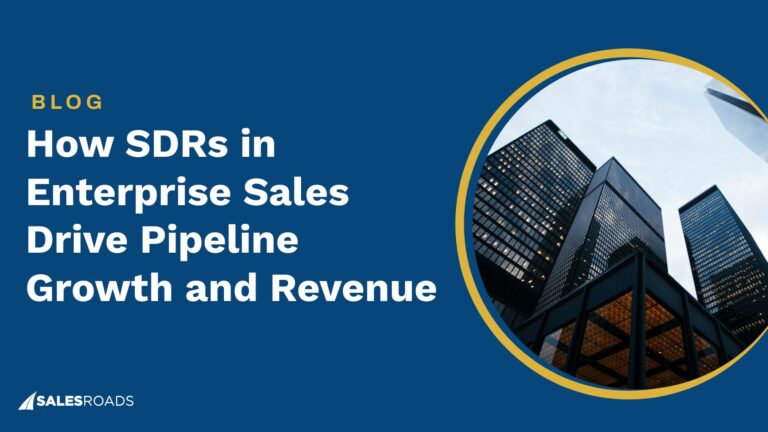Sales forecasting is the backbone of any high-performing sales team. When done right, it transforms guesswork into clarity, turning your pipeline into a predictable revenue machine. Yet surprisingly, 67% of organizations lack a formalized approach to forecasting altogether, which often leads to missed targets and wasted effort.
But forecasting isn’t one-size-fits-all. Different methods deliver different results depending on your team, sales cycle, and market.
What Is Sales Forecasting and Why Is It Important?
Sales forecasting is all about predicting how much you’re going to sell over a certain period, whether that’s next quarter, next month, or even next year. It’s based on data from your past performance, your current sales pipeline, and what’s happening in the market.
Now, you might hear “sales forecasting” and “revenue forecasting” used interchangeably, but they’re not the same.
Sales forecasting looks at how many deals you expect to close and how much they’re worth. Revenue forecasting, on the other hand, takes it a step further by factoring in billing cycles, customer churn, and upsells.
Both are key, but your sales forecast is often the first building block in planning.
But let’s be clear: this isn’t just about filling out a spreadsheet. Forecasting is one of the most important things your sales team can do to stay on track and hit revenue goals.
When done right, sales forecasting gives you a clearer picture of where you’re headed. It helps you plan smarter, allocate resources better, and avoid those end-of-quarter surprises no one likes. You’ll know where the gaps are early, so you can adjust before it’s too late.
That said, it’s no secret that sales forecasting accuracy remains a challenge. 80% of sales organizations do not have a forecast accuracy greater than 75%, which makes it critical to continuously improve your forecasting approach.
And today, you can’t afford to rely on gut feelings. Forecasts give you the insight to prioritize the right deals, hire at the right time, and align your strategy across the business.
Key Benefits of Sales Forecasting
Sales forecasting isn’t just about guessing where the numbers will land. It’s about giving your sales team real visibility so they can plan smarter, act faster, and close more deals.
When forecasting is dialed in, it becomes a strategic asset, not just a reporting task. It keeps sales teams aligned, leaders in control, and revenue on track.
Let’s break down why it matters.
Better Sales Planning and Goal Setting
Forecasting turns planning from a guessing game into a data-driven process. Instead of setting goals based on gut feel or pressure from the top, reps get targets that actually reflect what’s happening in the pipeline and in the market.
Still, more than half of sales leaders—55%—report low confidence in the accuracy of their forecasts, which highlights the need to adopt proven sales forecasting techniques and tools.
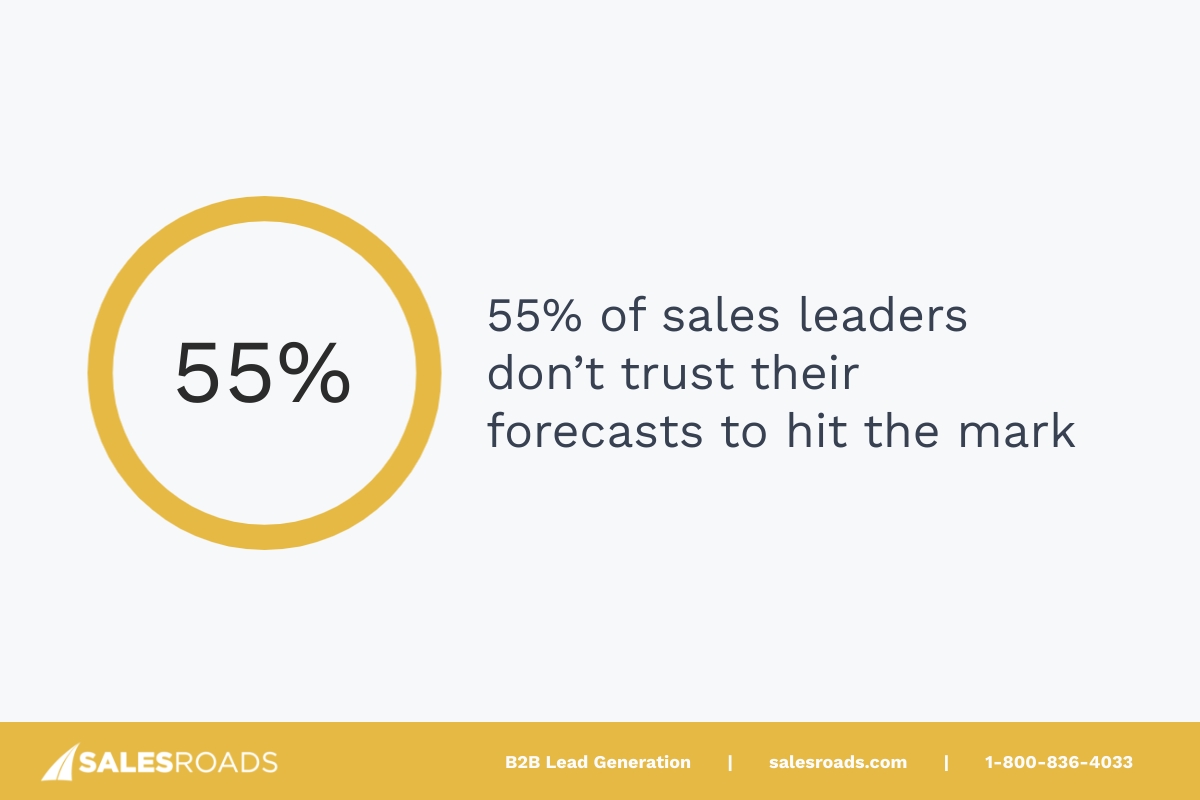
This leads to better execution, less sandbagging, and fewer missed quotas. When your goals are grounded in real numbers, everyone, from SDRs to sales leadership, can focus on what’s achievable and push confidently toward it.
Smarter Resource Allocation
You’ve only got so much time and budget; forecasting helps you put both to better use.
Whether that’s assigning more reps to a hot territory, shifting marketing dollars to high-converting segments, or planning headcount for next quarter, a solid forecast guides the way.
And with today’s sales forecasting tools, it’s easier than ever to spot what’s working and what’s not before it hits your bottom line.
Improved Pipeline Visibility and Deal Prioritization
Forecasting gives you a sharper view of your pipeline. You can quickly see which deals are real and which are just wishful thinking. That means reps spend more time working the right opportunities, not chasing dead ends.
It also helps managers step in sooner, coaching reps where deals are slipping or surfacing risks before they blow up at the end of the quarter.
Faster, More Informed Decision-Making
When you’ve got a clear picture of what’s coming down the pipe, you’re not stuck reacting; you’re leading.
Accurate sales forecasts help leaders make faster, smarter decisions, whether it’s doubling down on a GTM motion or shifting course when something’s not working.
And it’s not just a sales benefit. Marketing, finance, ops, everyone wins when revenue forecasting is built on solid data and shared insight.
The Gold Standard: 9 Forecasting Methods That Deliver Results
There’s no one-size-fits-all approach to sales forecasting.
The best sales teams blend multiple techniques to get a clear, realistic picture of what’s coming down the pipeline. Whether you’re building out your first forecast or refining a mature revenue process, choosing the right method makes all the difference.
Historical Sales Forecasting
Historical sales forecasting is one of the oldest and most straightforward forecasting techniques. It looks at your past sales numbers—think last quarter, last year—and uses those trends to predict what’s coming next.
This method works best if your market is stable and your sales process doesn’t change much over time.
The biggest advantage is to understand and explain, making it a solid choice for teams just starting with forecasting.
It gives leadership a clear baseline based on actual numbers rather than guesses. But here’s the catch: historical data only tells you so much.
If your market shifts, new competitors enter, or your product changes, relying too heavily on history can lead to inaccurate forecasts.
Opportunity Stage Forecasting
Opportunity stage forecasting is all about understanding where each deal is in your sales pipeline.
Deals that are close to closing—say, in the negotiation or contract stage—are weighted more heavily in the forecast than those still early on, like initial outreach. This approach ties your revenue forecast directly to real-time pipeline activity.
It provides an up-to-date snapshot of what’s likely to close and when. But it does rely on your sales reps keeping their CRM data current and accurate.
If reps don’t move deals through the stages properly or overinflate their confidence, your forecast can quickly become unreliable.
Length of Sales Cycle Forecasting
Length of sales cycle forecasting digs into how long deals typically take to close and uses that insight to predict when current opportunities will close. Instead of just looking at the deal’s current stage, this method tracks the average time it takes for similar deals to move through the pipeline.
This forecasting technique is especially useful for B2B companies with longer, more complex sales cycles. Timing is just as critical as deal value in these cases. Knowing when a deal is likely to close helps sales leaders plan resource allocation and revenue expectations more accurately.
The key here is having solid data on your sales cycle length, which can be tracked through a CRM or sales forecasting tools. It helps avoid overly optimistic forecasts and smooths out revenue projections over time, giving you a better handle on cash flow and hiring plans.
AI-Powered Forecasting
AI-powered forecasting is revolutionizing how sales teams predict revenue. These advanced tools analyze vast amounts of data, from CRM updates and call logs to email activity and customer behavior, to uncover patterns and predict which deals will close, and when.
Unlike traditional forecasting methods, AI doesn’t rely on static rules or human assumptions. It continuously learns and improves, often outperforming manual forecasts in speed and accuracy.
Companies using these advanced tools have reported a 20% improvement in forecast accuracy compared to traditional manual methods, making AI a smart investment for scaling teams.

For companies ready to scale, AI-powered sales forecasting tools provide real-time insights and reduce guesswork. They help sales leaders spot risks sooner, optimize resource allocation, and boost revenue predictability.
If you want to stay ahead in today’s competitive market, investing in AI forecasting technology is a smart move.
Intuitive Forecasting
Intuitive forecasting, sometimes called “gut-feel” forecasting, leans on the experience and judgment of your sales reps and managers. Instead of relying solely on data, it captures what your team thinks will happen based on their relationships and knowledge of the market.
This method is quick and flexible, making it popular for startups or early-stage companies without much historical data. It also allows reps to factor in qualitative insights like changes in buyer sentiment or competitive moves that numbers alone might miss.
That said, intuitive forecasting is subjective by nature and can be prone to optimism or bias. In this episode of the Sell Like A Leader podcast, David Kreiger speaks with Danny Wasserman about how salespeople’s hopes for the deal don’t always reflect reality:
Multivariable Forecasting
Multivariable forecasting is one of the most sophisticated sales forecasting techniques available. Instead of relying on a single data point, it uses multiple variables like deal size, sales stage, lead source, rep performance, and more to build a weighted forecast.
This approach minimizes bias and guesswork by letting data do the heavy lifting. It requires a robust CRM and analytics platform to handle the complexity, but the payoff is higher accuracy and better insight into what’s really driving your revenue.
Sales teams that rely on multivariable forecasting can spot trends earlier, identify which variables most impact close rates, and tailor coaching and resource allocation accordingly.
Pipeline Forecasting
Pipeline forecasting aggregates the total value of all open deals and applies weighted probabilities or sales close rates to estimate expected revenue.
This method gives you a quick, high-level view of how healthy your pipeline is and what revenue might look like if everything goes as expected.
It’s easy to automate using sales forecasting tools, and it works well for fast-moving teams juggling lots of opportunities. Regular pipeline reviews combined with this forecasting technique can highlight gaps early and help keep your revenue goals realistic.
Deal-Stage Probability Forecasting
Deal-stage probability forecasting assigns a likelihood of closing to each deal based on where it sits in the sales funnel. For example, deals in the “proposal” stage might have a 60% chance of closing, while those in the lead qualification stage might be at 20%.
This method is popular because it’s straightforward and easy to calculate, especially for early-stage companies or those just getting serious about sales forecasting.
However, it’s crucial that these probabilities reflect actual win rates, or your forecast could become overly optimistic. Regularly reviewing and updating these numbers ensures your revenue forecasting stays grounded in reality.
Account-Based Forecasting
Account-based forecasting takes a broader view by forecasting revenue at the account level rather than individual deals. This approach fits perfectly with account-based sales (ABM) models where multiple opportunities and stakeholders exist within the same customer.
It allows sales teams to consider the full potential of each account, including upsells, renewals, and cross-sells, providing a more holistic and strategic forecast.
Especially in enterprise B2B sales, account-based forecasting helps you see the bigger picture and align sales efforts accordingly.
While it requires more coordination and data management, the insight gained can significantly improve the accuracy of your revenue forecasting and strengthen long-term customer relationships.
How to Choose the Right Method for Your Revenue Team
Choosing the right sales forecasting method isn’t about chasing perfection. It’s about finding what actually works for your team, your market, and your sales process.
Every revenue team is different. What fits a startup with a quick sales cycle won’t work for a big enterprise juggling complex deals.
Start by looking at your data. Do you have solid historical numbers? If so, methods like historical sales forecasting or multivariable forecasting could be great fits. If your team leans more on relationships and gut instinct, intuitive forecasting might make sense, especially early on.
Think about your sales cycle, too. Longer, multi-step deals often need pipeline forecasting or deal-stage probability methods. Shorter sales cycles? Opportunity stage forecasting can get you where you need to go.
Don’t forget about your team size and tools. Bigger teams with CRM and analytics can dive into AI-powered or multivariable forecasting. Smaller teams might keep it simple at first and grow into more advanced techniques.
At the end of the day, the best forecasting method is the one your team trusts and uses regularly. Try a few, measure your accuracy, and tweak as you go. When your forecast matches reality, your whole revenue machine hums.
Bottom Line
Great sales forecasting isn’t about magic or perfect guesses. It’s about having a solid process that fits your team and keeps pace as your business grows.
Pair the right forecasting techniques with the best tools, and you give your revenue team the power to plan smart, catch problems early, and make decisions backed by real data.
Don’t get hung up on finding the “one best” method; test different approaches, track what works, and tweak as you go.
Once forecasting stops being a shot in the dark and becomes your trusted roadmap, you’ll see steadier revenue and a sales engine that just runs smoother.


